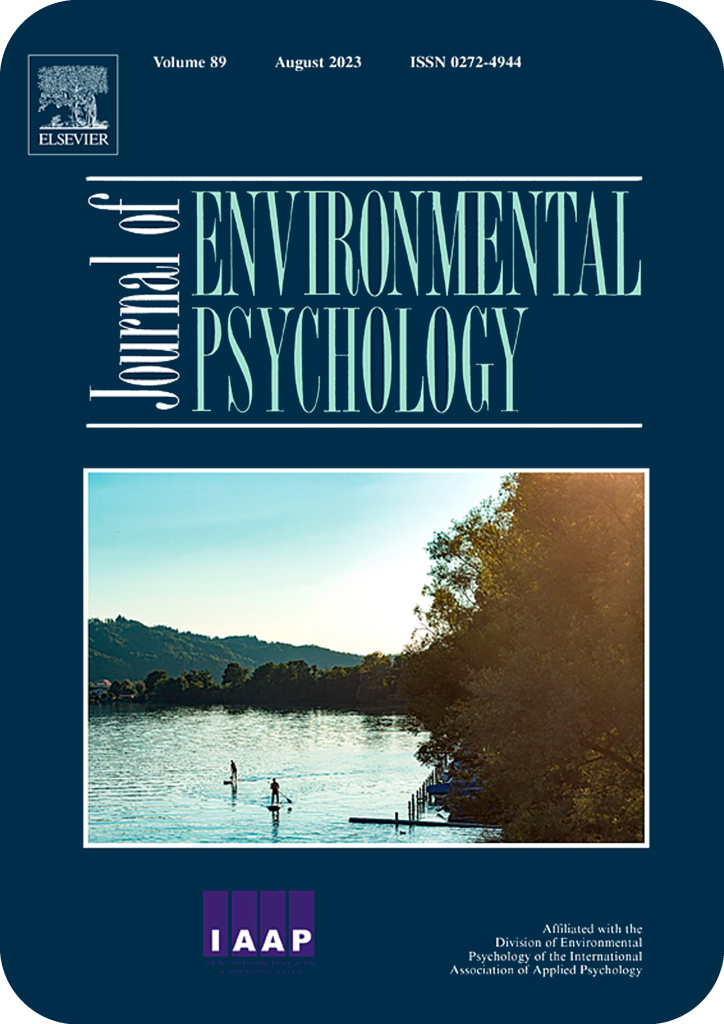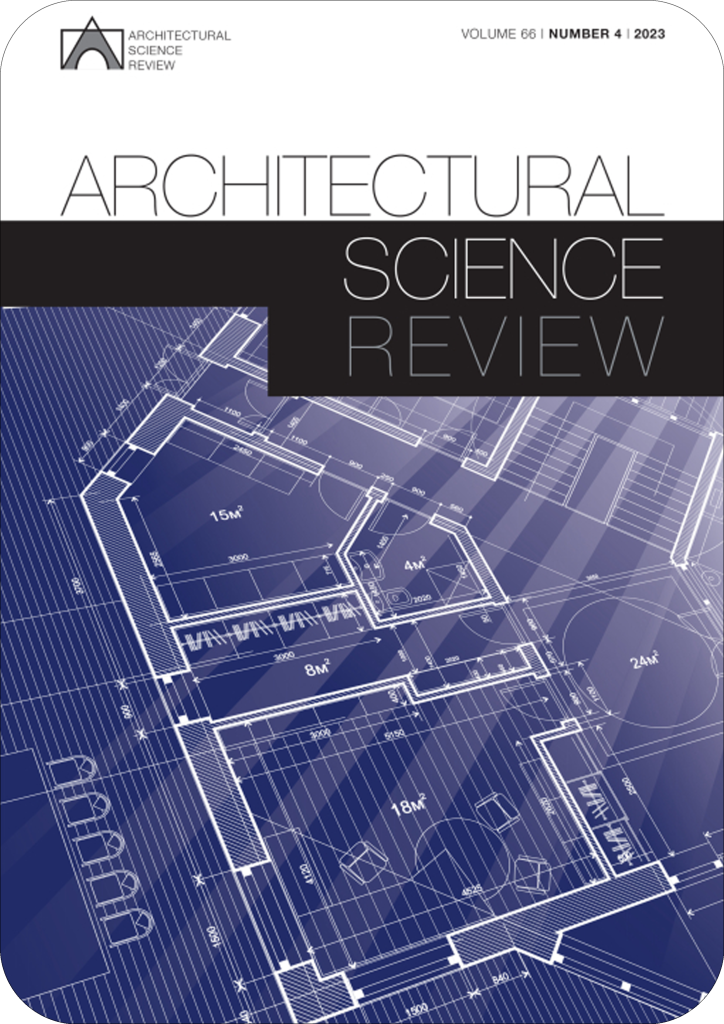
Abstract: This paper presents a learning model for the automated generation of built environments, demonstrated by the creation of minimal apartments situated in dense urban settings. The research utilizes the techniques of parametric modelling, multi-criteria optimization and supervised machine learning to provide 3D configurations of minimal apartments with improved visibility from significant viewpoints, and with a functional layout defined by ‘the wisdom of the crowd’. The model seeks to maximize the measured 3D visibility in generated units – an attribute associated with low perceived density, recognized as having a positive effect on the well-being of dwellers. Simultaneously, the model engages a learning process, through which the classification of the suitability of each apartment is refined through ‘the wisdom of the crowd’, collected through an open web-simulation. This automated design model, regarding both perceptual and physical needs, demonstrates its potential for future use in the development of larger-scale densified urban environments.
More Papers



